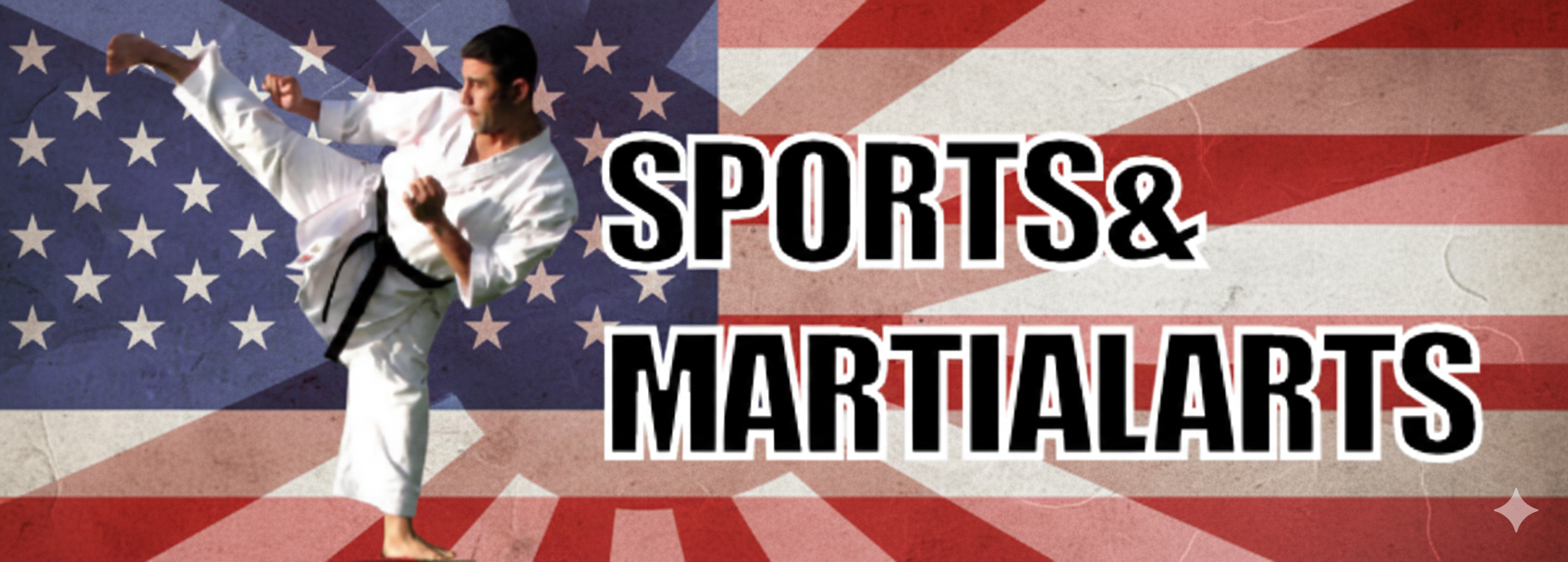Contents
- 1 Nihon Nukite
- 1.1 Why Nihon Nukite Is Forbidden in Competition
- 1.2 When to Use Nihon Nukite
- 1.3 Situations to Apply Nihon Nukite:
- 1.4 Proper Mechanics of Nihon Nukite
- 1.5 Hand Positioning
- 1.6 Execution
- 1.7 Step-by-Step Guide to Nihon Nukite
- 1.8 For Training:
- 1.9 In Self-Defense:
- 1.10 Recommendations for Practicing Nihon Nukite
- 1.11 Conclusion
- 1.12 Karate Requirements
- 1.13 Related
Nihon Nukite
Nihon Nukite, often referred to as the two-finger strike, is a highly specialized and effective self-defense technique in martial arts. This strike is specifically designed to target an attacker’s eyes, temporarily incapacitating them and providing the defender an opportunity to escape. However, due to its potentially dangerous nature, Nihon Nukite is strictly prohibited in competitive sparring or kumite. Any use of this technique in such settings can result in immediate disqualification.
Below, we’ll explore the mechanics, applications, proper execution, and safety considerations of Nihon Nukite, along with a step-by-step guide and a list of recommendations for practicing this technique safely.
Why Nihon Nukite Is Forbidden in Competition
The primary target of Nihon Nukite is the eyes, one of the most sensitive and vulnerable areas of the human body. In competition sparring or kumite, where safety and sportsmanship are paramount, the use of techniques that can cause severe or lasting harm is strictly prohibited.
- Risk of Injury: A successful Nihon Nukite could lead to serious eye injuries, including vision impairment.
- Penalty: Using this strike in competition is considered unsportsmanlike and may result in disqualification.
- Ethical Considerations: The intent behind the strike contradicts the principles of controlled, non-lethal engagement that define martial arts competitions.
When to Use Nihon Nukite
Nihon Nukite is reserved for close-quarters self-defense situations where the attacker’s proximity and actions necessitate a decisive response. It is especially effective in scenarios where escape or de-escalation is the primary goal.
Situations to Apply Nihon Nukite:
- Against a Wall: When you’re pinned against a wall and the attacker is too close for other techniques.
- On the Ground: If the attacker is on top of you, limiting your range of movement.
- Grab Defense: When the attacker grabs your shirt and pulls you toward them.
- Choke Defense: If the attacker places both hands on your neck in an attempt to choke you.
Proper Mechanics of Nihon Nukite
Hand Positioning
To execute Nihon Nukite effectively and avoid injuring yourself:
- Use the index and middle fingers as the striking tools.
- Keep the other three fingers (thumb, ring, and pinky) pressed together to support the hand’s structure.
- Align your wrist and fingers to prevent hyperextension or strain.
Execution
- Nihon Nukite is a linear strike, not circular.
- It must be delivered with precision and control, targeting the attacker’s eyes.
- Always strike from a position directly in front of your opponent. If not, consider using Ippon Nukite, a single-finger strike, for alternative angles.
Step-by-Step Guide to Nihon Nukite
For Training:
- Assume a Kiba Dachi (horse stance) to maintain stability.
- Extend your arm straight out, as if delivering a punch.
- Ensure proper hand positioning with the two fingers extended and supported.
- Practice targeting an imaginary opponent’s eyes for accuracy.
In Self-Defense:
- Assess the Situation: Determine the angle and proximity of your attacker.
- Position Your Arm: Move your arm over the attacker’s arms, not under, to avoid obstruction.
- Strike: Deliver the strike directly to the eyes with the extended fingers.
- Escape: Use the opportunity to create distance and exit the confrontation.

Recommendations for Practicing Nihon Nukite
- Start Slowly: Begin with light strikes on soft training pads to avoid injuries.
- Focus on Accuracy: Practice targeting specific points to improve precision.
- Strengthen Your Hands: Incorporate exercises to enhance finger strength and dexterity.
- Use Proper Technique: Ensure correct finger positioning to prevent self-injury.
- Simulate Real Situations: Train in realistic self-defense scenarios to build confidence.
- Partner Drills: Work with a partner to practice arm positioning and execution safely.
Conclusion
Nihon Nukite is a powerful and precise self-defense technique, but it must be approached with caution and responsibility. Its effectiveness in close-quarters situations makes it invaluable for personal protection. However, due to the risks it poses, it is unsuitable for competitive martial arts and can lead to disqualification if used.
Through dedicated practice, proper technique, and ethical application, Nihon Nukite can serve as a reliable tool in self-defense while upholding the principles of martial arts: discipline, control, and respect.
Karate Requirements
- Karate Stances
- Karate Punches
- Karate Kicks
- Karate Blocks
- Karate Strikes
- Karate Traditional Katas
- Karate Traditional Weapons
- Karate General Terminology
Follow our Social Media!











